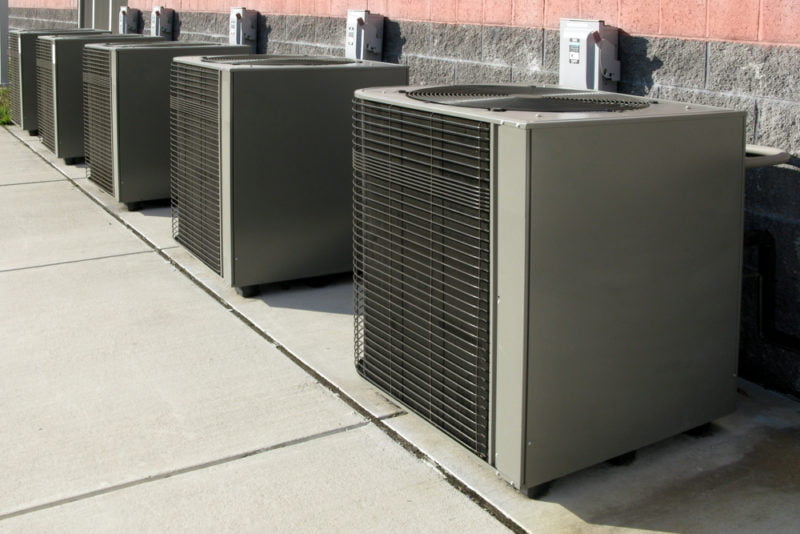
DUBAI: In the wake of reports of Samsung Galaxy Note 7 smartphones apparently catching fire and/or exploding, a lot of concerns are there regarding the reliability of lithium-ion batteries, those that are used in the device and is a staple for most of today’s gadgets.
But don’t panic. These incidences are quite rare. And to help keep it that way, here are some tips on how to properly charge your Li-ion-powered gizmos.
Keep your battery happily charged. And by this, we mean keep it at a level with substantial juice. Li-ion batteries, as a rule, should have power of 50 per cent or more most of the time.
Avoid the extremes. Almost everyone may practice zipping up a battery’s power to zero before plugging it in and ratcheting it up all the way to 100. This, however, shortens your battery’s life span. Experts advise to do a zero-to-100 recharge – called a “charge cycle” – only once a month; another benefit of this is that it recalibrates your battery.
Choose your charger. There will be times when you won’t have your phone’s own charger with you, so if you’re going to bug your co-worker with trying to borrow his or her charger, make sure it’s one that’s approved for your device (doesn’t matter if its from a rival as long as its legit). Ditto in cases where you’ll be forced to by a charger.
Keep it cool. Overcharging isn’t the top problem when it comes to your battery – it’s keeping the heat in check. Don’t leave your phone where it’s really hot, like inside a parked car, near a stove or oven (batteries are not microwaveable, BTW), or anywhere where that can aid heating it up. Similarly, don’t leave it in extremely cold places as well (when was the last time you put your phone in the freezer?). Simply put, too much heat or cold can affect your battery’s performance.
Store it with some power. If you’re stowing away a battery, make sure it has a charge of at least 50% when you’re not using it, and don’t keep it away at 0% for too long. Depending on the make, Li-ion batteries lose five to 10% a month when not in use. If you drain it and shelve it for a long time, you could tell it to rest in peace as it may lose its capability to hold a charge.
Overnight’s okay. While most devices have a feature that cuts off charging when it’s full, it’s still best not to leave it plugged in for a long time, as it may obviously cause it to overheat for some reason.
Go for replaceable batteries. Unibody smartphones have dominated the scene, rendering the replaceable battery option obsolete. However, nothing beats giving you that 100% juice than a freshly-installed battery.
Follow these and enjoy your mobile life in a more powerful way. — The Khaleej Times (Dubai, United Arab Emirates)/Tribune News Service
[Source:-Tech News]






